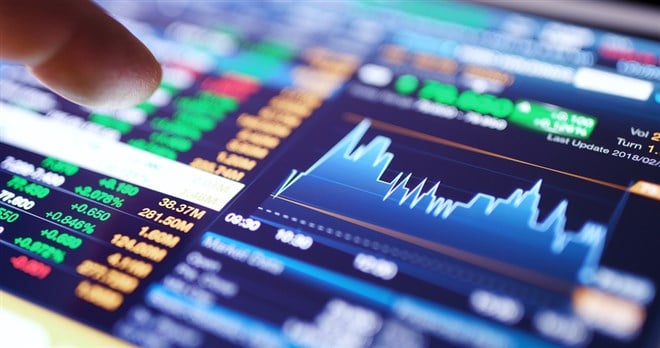
The supply chain crisis has affected a number of stocks. Largely due to the various stimulus policies, demand increased significantly across many sectors. This led to large lead times in shipping and shortages across key components, especially semiconductors. As supply chains adjust and economies continue to open up, after COVID, the following stocks could see a turnaround in their fortunes:
First Solar
First Solar (NYSE: FSLR) is a solar company that provides end-to-end solar services. The solar industry has been witnessing strong demand, as global economies increasingly invest in green energy. First Solar’s stock took a hit in the last quarter of 2021, as supply chain issues weighed on results. But the downturn is expected to be temporary, as the issue starts to resolve itself.
However, management has guided that supply chain issues are expected to remain in place for a little while longer. But, with a multi-year backlog and one of the most competitive products on the market, First Solar is a stock that is likely to do well through the economic uncertainty.
One of the biggest factors that were affecting the solar industry in the past decade was Chinese solar panels. By providing large subsidies to solar producers, the Chinese government was able to make solar panels price competitive relative to global competitors. This meant that a lot of global solar panel manufacturers were not able to compete. This has changed in recent times, as excessive debt has meant financial institutions are far less willing to subsidize Chinese solar manufacturers. As a result, many have started to go bankrupt, paving the way for competitors.
Furthermore, in order to compete better, First Solar invested large amounts of capital into improving both the life cycle and efficiency of their panels. Making their solar panels one of the most competitive on the market. Combined with new manufacturing facilities that should reduce cost, the stock could be considered by investors who looking for a stable long-term play.
Intel
Intel (NASDAQ: INTC) is another company that may be on the verge of a turnaround. Although Intel relies in part on computers to drive sales (computer sales have been down in recent times), the release of the latest chips could help the company take advantage of the semiconductor shortage and pickup revenue in areas such as data centers, where it has fallen behind the likes of AMD. Multiples chips including 12th and 13th chips along with the Meteor Lake chips offer a 20% increase in processing power while using the same amount of energy.
Although there have been delays to the release, with poor execution, Intel has managed to put itself in a position where it can compete and grow once more. The stock trades at a relatively cheap valuation of 6-7 price-to-earnings, mainly as a result of recent historical issues. Should the company improve its fortunes, the stock could rise much higher and quite quickly. The biggest issue remains management’s ability to bring their products to the market in a timely manner, and ensure timely production. The chief technical officer recently reiterated that he wasn’t brought on to babysit Intel, which alludes to poor to-market execution.
Expedia
With global travel opening up once again, Expedia (NASDAQ: EXPE) a stock that is expected to do well in the coming couple of quarters. Travelers are once again opening up their pockets and are increasingly looking to make up for time lost to COVID.
Expedia should witness a pickup in earnings, as more and more countries reduce travel requirements, including reducing requirements for vaccination and quarantine and many developing countries are desperate for tourists, as their economies falter. Furthermore, travelers are looking to spend more on destinations such as Europe.
Finally, more and more solo travelers are taking to the skies. The willingness to travel alone will only add to demand. Travel companies such as Expedia should benefit from these trends as they look to make up for the lost time. Although Expedia’s valuation remains expensive, it will moderate in the coming quarters, making the stock a lot more attractive. Analysts predict forward P/E could fall to as low as 14x.